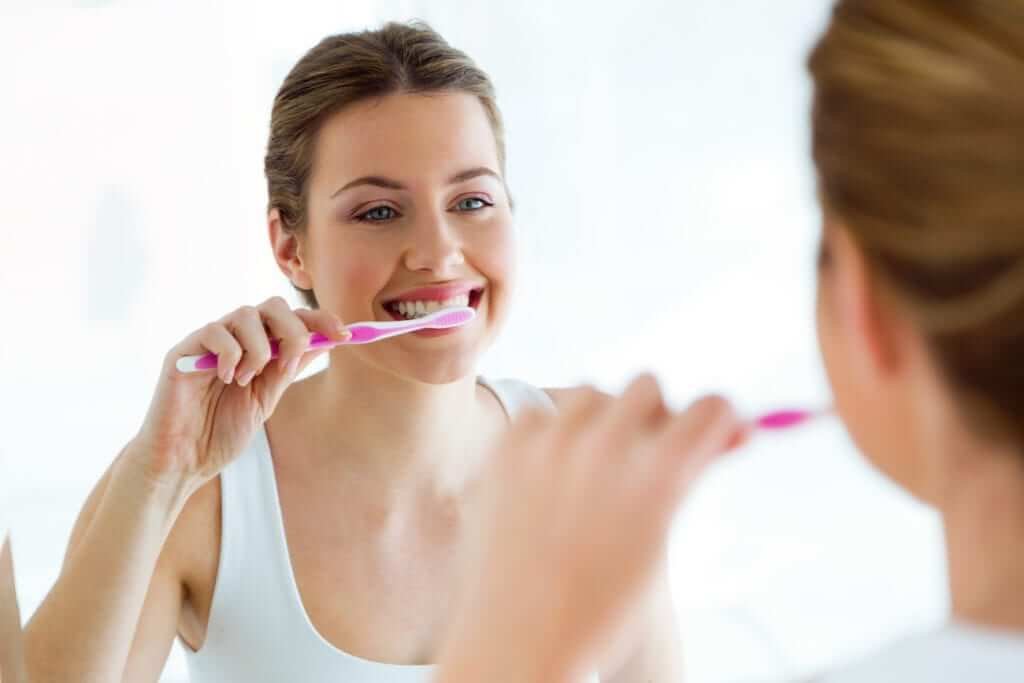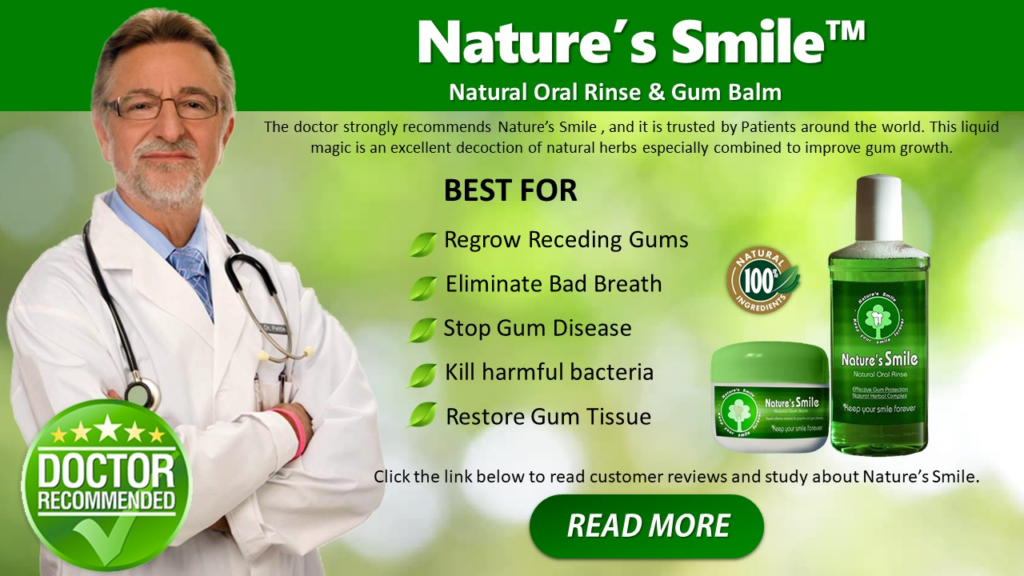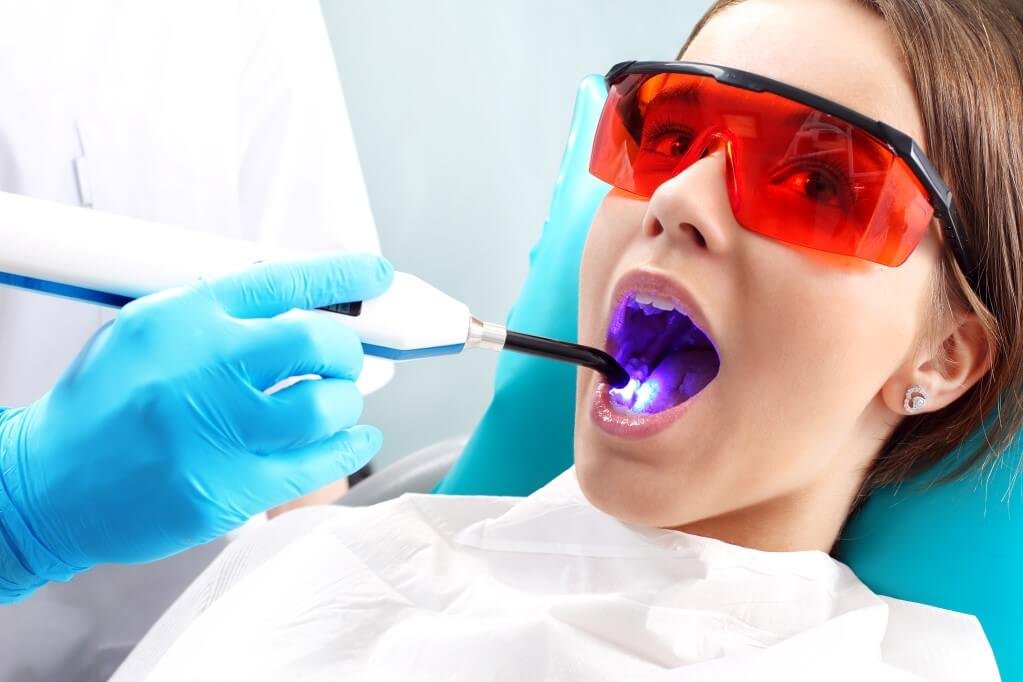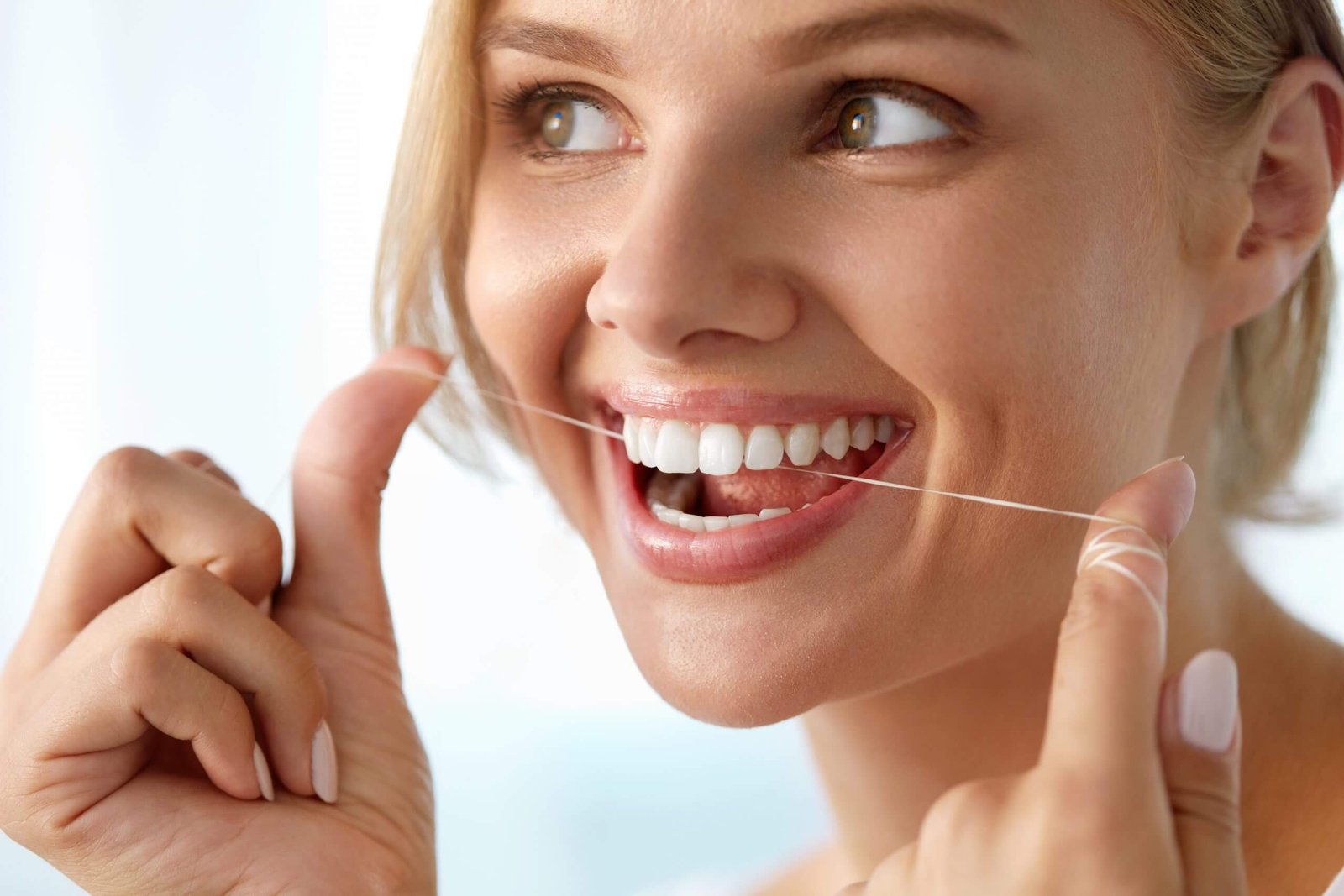Enhance your oral hygiene routine with essential brushing and flossing tips for healthier teeth and gums. Maintaining good oral health is essential for overall well-being. One of the key aspects of oral hygiene is taking care of our gums. Gum disease can lead to tooth loss, pain, and discomfort. In addition, research has linked gum disease to other health issues such as heart disease and diabetes.
Brushing and flossing are two critical steps in preventing gum disease and maintaining healthy gums. While most people understand the importance of brushing and flossing regularly, they may not be aware of the proper techniques or tools necessary to achieve optimal results. This article will provide tips on how to properly brush and floss for gum line health, as well as other practices that can help maintain good oral hygiene.
Enhance your oral care regimen with a combination of Non-Surgical Gum Line Healing Techniques alongside effective brushing and flossing methods. This comprehensive approach targets gum health, mitigating issues like gingivitis and promoting a strong foundation for lasting oral well-being.
Understanding the Importance of Gum Health
Maintaining the health of one’s gums is integral to overall oral hygiene and can have a significant impact on long-term dental health. Gingivitis, an early form of gum disease, is caused by plaque buildup around the teeth and gums. If left untreated, it can progress into periodontitis, which can lead to tooth loss and other serious complications.
Preventing gingivitis should be a top priority for anyone looking to maintain healthy gums. One way to do this is by practicing good oral hygiene habits such as brushing twice a day with fluoride toothpaste and flossing daily. Additionally, regular visits to the dentist for cleanings and check-ups are essential in identifying any potential issues before they escalate.
Gum disease prevention also involves making lifestyle changes such as quitting smoking and avoiding sugary foods that can contribute to plaque buildup. By taking these preventative measures, individuals can significantly reduce their risk of developing gum disease. In the next section, we will discuss how choosing the right tools for brushing and flossing can further aid in maintaining optimal gum health.
https://gumlinehealer.com/proper-oral-hygiene-practices/

Choosing the Right Tools
Selecting appropriate instruments for oral hygiene is crucial in promoting optimal periodontal well-being. A toothbrush and dental floss are the two essential tools that can help maintain gum health. Choosing the right toothbrush is a critical factor in preventing plaque buildup along the gum line. Soft-bristled brushes with small heads are recommended as they can reach difficult areas of the mouth without causing damage to teeth or gums.
Finding the right floss is equally important as it helps remove food particles and plaque from between teeth and along the gum line. There are various types of dental floss available, including waxed, unwaxed, flavored, and unflavored. Waxed floss is suitable for people with tight gaps between their teeth while unwaxed floss can be used if there is more space between teeth. Flavored floss may encourage individuals to use it regularly; however, some flavors may contain chemicals that cause irritation or an allergic reaction.
Incorporating the correct brushing and flossing techniques alongside selecting appropriate tools can prevent gum disease caused by plaque accumulation along the gum line. Proper brushing technique will be discussed further in this article to ensure comprehensive oral hygiene practices that promote healthy gums and overall oral health.

Proper Brushing Techniques
This section outlines effective methods for promoting optimal oral hygiene practices to prevent the onset of periodontal disease. Effective brushing methods are essential for maintaining good dental health, and it is important to choose the right tools and techniques to ensure that your teeth and gums remain healthy. Common brushing mistakes can lead to gum recession, tooth decay, and other dental problems.
To ensure that you are using effective brushing methods, follow these tips:
- Use a soft-bristled brush: Hard bristles can damage your gums and enamel over time.
- Brush at a 45-degree angle: This ensures that you reach the gum line as well as the surface of your teeth.
- Brush in circular motions: Rather than scrubbing back and forth, use small circular motions to remove plaque effectively.
Avoid common brushing mistakes like using too much pressure or not brushing long enough. It is recommended that you brush for at least two minutes twice a day. Additionally, be sure to replace your toothbrush every three months or when the bristles become frayed.
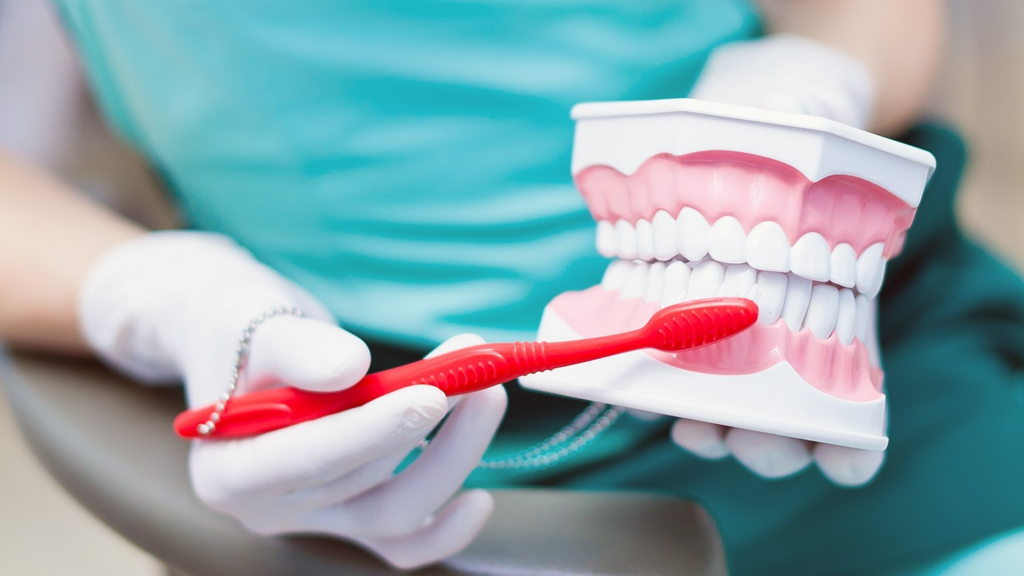
Flossing Techniques
Proper oral hygiene practices involve utilizing effective techniques to ensure the removal of plaque and prevent periodontal disease, with flossing being an integral part of this process. Interdental cleaning, or cleaning between teeth, is essential as it removes food particles and bacteria from areas that are difficult to reach using a toothbrush alone. Flossing is the most common interdental cleaning technique used, and there are various methods available for individuals to choose from.
A study by Barnes et al. (2015) compared the effectiveness of different interdental cleaning methods in reducing plaque and gingivitis. The results showed that all tested methods were effective in reducing plaque and gingivitis scores; however, water flossers were found to be significantly more effective than dental floss at reducing gingival bleeding. Another study by Goyal et al. (2016) found similar results, where participants using water flossers had significantly lower levels of plaque, bleeding gums, and inflammation compared to those who only brushed their teeth.
Water flossers have gained popularity in recent years due to their ease of use and effectiveness in removing debris from hard-to-reach areas. They work by using a stream of pressurized water or mouthwash solution directed between teeth to remove residual food particles and reduce the amount of bacteria in the mouth. Water flossers may be particularly beneficial for individuals with orthodontic appliances such as braces or those who have difficulty manipulating traditional dental floss around their teeth.

Rinsing and Cleaning
Effective oral care practices involve utilizing appropriate rinsing and cleaning techniques that complement brushing and flossing, promoting overall oral health. Rinsing with a mouthwash can help to remove bacteria and freshen breath. It is important to choose the right mouthwash, as some contain alcohol which can dry out the mouth and cause irritation. Look for a mouthwash that contains fluoride, as this can help to strengthen tooth enamel and prevent cavities.
In addition to using a mouthwash, tongue scraping can also be beneficial for maintaining gum line health. Bacteria can accumulate on the tongue, leading to bad breath and potential gum disease. Using a tongue scraper daily can help to remove bacteria from the tongue surface and improve overall oral hygiene. Maintaining good oral hygiene habits involves more than just brushing and flossing regularly. Choosing the right products for your needs, such as an alcohol-free mouthwash with fluoride or incorporating tongue scraping into your routine, can make a significant difference in promoting healthy gums.
Avoiding Harmful Habits
The Subtopic of Avoiding Harmful Habits encompasses a range of behaviors that can negatively impact gum health. Two key habits to avoid are the use of tobacco products and the consumption of sugary or acidic foods. Tobacco usage is strongly linked to periodontal disease and should be avoided entirely, while limiting intake of sugary or acidic foods can help prevent tooth decay and damage to the gums.
Avoiding Tobacco Products
Exposure to tobacco products has been shown to have a negative impact on periodontal tissues, making it important to avoid their use for the sake of maintaining healthy gums. Here are three reasons why quitting smoking and avoiding tobacco products is crucial for gum line health:
- Smoking reduces blood flow: The chemicals in tobacco smoke can damage the blood vessels in your gums, reducing blood flow and depriving them of oxygen and nutrients they need to stay healthy.
- Increases risk of oral cancer: Tobacco products increase the risk of developing oral cancers, which can lead to severe gum disease if left untreated.
- Slows down healing: Smoking slows down the body’s natural healing process, making it harder for your gums to recover from any damage or inflammation caused by dental procedures or infections.
To maintain healthy gums, it is essential to quit smoking and avoid all forms of tobacco products. Limiting sugary and acidic foods is another step towards achieving optimal gum health.
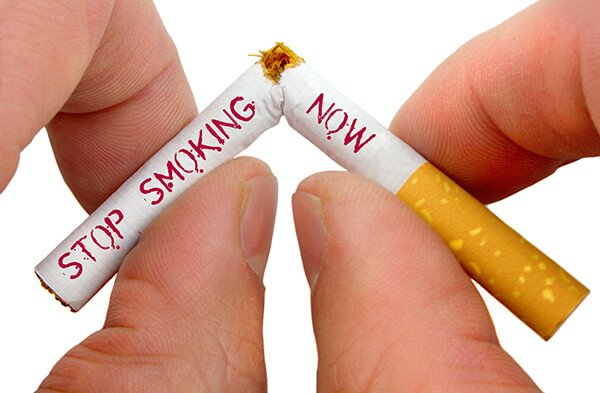
Limiting Sugary and Acidic Foods
Reducing the consumption of sugary and acidic foods can have a significant impact on gum line health. Harmful bacteria in the mouth thrive on sugar and acid, leading to an increase in plaque buildup and inflammation along the gum line. By limiting the intake of these foods, individuals can create a more hospitable environment in their mouths that promotes better oral hygiene and healthier gums.
Healthy snack alternatives are an excellent way to satisfy cravings while avoiding sugary and acidic foods. Fresh fruits and vegetables, nuts, whole-grain crackers or bread, cheese, and yogurt are all great options that provide essential nutrients for overall health as well as promoting good oral hygiene. Additionally, staying hydrated is crucial for maintaining healthy gums as it helps flush out harmful bacteria from the mouth. Drinking water throughout the day can also help neutralize acids that may harm teeth and gums. With healthy snacking habits and proper hydration, individuals can take proactive steps towards preventing gum disease before it starts.
By adopting healthy eating habits like those outlined above alongside regular brushing/flossing routines and avoiding tobacco products (as discussed previously), individuals can ensure optimal gum line health. But what else is important? Regular dental checkups!

Regular Dental Checkups
Regular dental checkups play a crucial role in maintaining optimal oral hygiene and preventing gum disease. It is recommended that individuals schedule regular visits with their dentist at least twice a year or as advised by the dentist. During these checkups, the dentist will thoroughly examine the teeth, gums, and mouth to detect any signs of decay, gum disease, or other oral health issues.
During a typical dental checkup, the dentist may perform various procedures such as cleaning, scaling and polishing to remove plaque buildup from the teeth and gums. They may also take X-rays to identify any underlying issues that cannot be seen with the naked eye. Additionally, the dentist may provide advice on proper brushing and flossing techniques to maintain good oral hygiene between visits.
Regular dental checkups can help detect early signs of gum disease before they become more severe. This can save individuals from costly treatments down the line while ensuring healthy teeth and gums for years to come. By scheduling regular appointments with their dentist and following their advice on proper oral care practices, individuals can maintain optimal oral health throughout their lifetime.
Maintaining good oral health goes beyond just regular dental checkups; it involves taking steps daily to care for your teeth properly. In addition to brushing and flossing regularly, individuals should limit sugary foods and acidic beverages that can damage tooth enamel over time. By incorporating these habits into their daily routine along with regular dental visits, individuals can achieve optimal dental health for years to come.
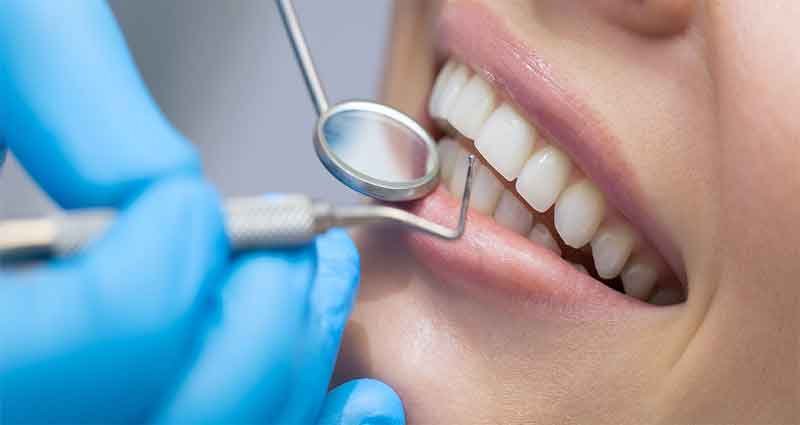
Maintaining Good Oral Health
Maintaining good oral health requires a daily dental routine that incorporates healthy habits into your lifestyle. This includes brushing teeth twice a day for at least two minutes each time, flossing once a day to remove plaque and food particles from between teeth and along the gum line, and using mouthwash to kill bacteria. Additionally, avoiding sugary foods and drinks, quitting smoking, and drinking plenty of water can also contribute to maintaining optimal oral health.
Creating a Daily Dental Routine
Establishing a consistent dental regimen is crucial for promoting overall oral hygiene and preventing potential gum disease. Creating habits is an essential step in developing a daily dental routine that promotes strong teeth and healthy gums. Time management plays a significant role in creating these habits as it takes time to develop new routines that become automatic.
To establish an effective daily dental routine, incorporate brushing and flossing into your morning and evening schedules. Brushing should be done for at least two minutes using fluoridated toothpaste, focusing on the gum line where plaque buildup often occurs. Flossing should also be incorporated into this routine, as it helps remove debris from between teeth and prevents the formation of cavities. By establishing these habits, you can maintain good oral health and prevent potential gum disease. https://dentagama.com/clinicpages/452/natures-smile-gum-balm-for-receding-gums
Incorporating Healthy Habits into Your Lifestyle
Developing a consistent and healthy lifestyle that prioritizes oral hygiene can lead to long-term benefits for overall wellbeing. This includes incorporating healthy eating habits, exercise routines, and stress management techniques into your daily routine. Eating a balanced diet rich in fruits, vegetables, lean proteins, and whole grains can provide essential nutrients for strong teeth and gums. Avoiding sugary and acidic foods can also help prevent tooth decay and gum disease.
Regular exercise can improve blood flow throughout the body, including the gums. Aiming for at least 30 minutes of moderate activity per day can not only benefit your oral health but also reduce the risk of chronic diseases such as heart disease and diabetes. Good sleep hygiene is also crucial for overall health as it allows the body to rest and repair itself. Finally, managing stress through relaxation techniques or therapy can help prevent grinding of teeth or clenching of jaws which may cause damage to the gum line over time. Incorporating these healthy habits into your lifestyle will not only promote good oral health but also contribute to overall wellbeing.
Further Entities
Frequently Asked Questions
What are the early signs of gum disease?
Gum disease, also known as periodontal disease, is a common oral health problem that affects the gum tissues and bone supporting the teeth. The early signs of gum disease include redness, swelling, bleeding gums while brushing or flossing, persistent bad breath, and receding gums. Gum disease prevention begins with maintaining good oral hygiene practices such as regular brushing and flossing to remove plaque and food debris from the teeth and gum line. In cases where gum disease has already developed, treatment options may include scaling and root planing to remove plaque below the gum line or surgical procedures to repair damaged tissue. Early detection through routine dental check-ups is crucial in preventing advanced stages of gum disease that can lead to tooth loss.
How often should I replace my toothbrush?
Toothbrush replacement is a critical aspect of maintaining good oral hygiene. The American Dental Association recommends replacing your toothbrush every three to four months or even sooner if the bristles become frayed or flattened. This ensures that the brush remains effective in removing plaque and bacteria from teeth and gums. Using an old toothbrush can lead to ineffective cleaning, which can result in dental problems such as gum disease, bad breath, and cavities. It is also important to rinse your toothbrush thoroughly after each use and store it upright in a clean area away from other brushes to prevent bacterial growth. By regularly replacing your toothbrush and practicing good oral hygiene habits such as brushing twice daily, flossing daily, and visiting your dentist for regular check-ups, you can maintain healthy teeth and gums for years to come.
Can mouthwash replace flossing?
The use of mouthwash as a replacement for flossing has been a topic of debate among dental professionals. While mouthwash can help kill bacteria and freshen breath, it is not a substitute for flossing. Flossing removes food particles and plaque from between teeth and along the gumline where mouthwash cannot reach. Additionally, regular flossing promotes healthy gums by stimulating blood flow and preventing gum disease. There are alternatives to traditional flossing such as water picks or interdental brushes that can be effective in removing debris from hard-to-reach areas. However, it is important to consult with a dental professional to determine the best method for maintaining good oral hygiene.
Is it necessary to use an electric toothbrush for proper gum line care?
Proper gum care is essential for maintaining oral health and preventing gum disease. While electric toothbrushes are often recommended as a superior alternative to manual brushing, they are not the only option available for effective gum line care. In fact, there are several alternatives to electric toothbrushes that can be just as effective in promoting healthy gums, such as using soft-bristled brushes or rubber-tipped tools for gentle massaging of the gums. Additionally, regular gum massages can offer numerous benefits including increased blood flow and reduced inflammation. Overall, while an electric toothbrush may be helpful in achieving optimal gum health, it is not necessary to use one exclusively and other alternatives should also be considered.
What are some natural remedies for promoting gum health?
Maintaining healthy gums is crucial for overall oral health. There are natural remedies available that can help promote gum health, such as oil pulling and herbal supplements. Oil pulling involves swishing a tablespoon of coconut or sesame oil in the mouth for 15-20 minutes daily, which has been shown to reduce plaque buildup and improve gum health. Herbal supplements like peppermint oil, chamomile tea, and aloe vera can also help promote healthy gums when used topically or orally. While these natural remedies may provide some benefits for gum health, it’s important to note that they should not replace traditional brushing and flossing techniques recommended by dental professionals.
Conclusion
Maintaining healthy gums is an important aspect of good oral health. Brushing and flossing daily are essential habits that promote gum line health. Choosing the right tools, such as a soft-bristled toothbrush and interdental cleaners, can help prevent damage to the gums. Proper brushing techniques involve using gentle circular motions along the gum line to remove plaque and bacteria. Flossing should be done at least once a day to remove food particles and debris from between teeth and around the gum line.
Rinsing with mouthwash or water can also aid in removing any remaining debris. It is important to avoid harmful habits like smoking, which can lead to gum disease and other dental problems. Regular dental checkups are crucial for identifying early signs of gum disease or other issues that may affect oral health. Maintaining good oral hygiene practices is vital for promoting healthy gums. By choosing appropriate tools, practicing proper brushing and flossing tips and techniques, avoiding harmful habits, rinsing regularly, and scheduling routine dental checkups, individuals can ensure their gums remain healthy for years to come.

